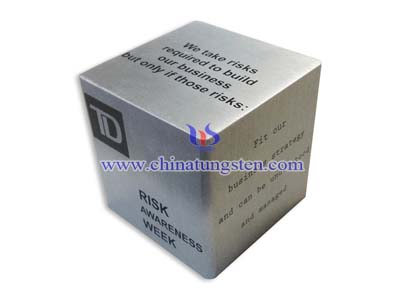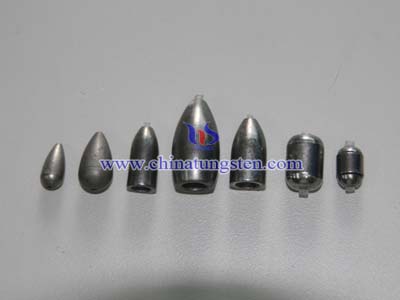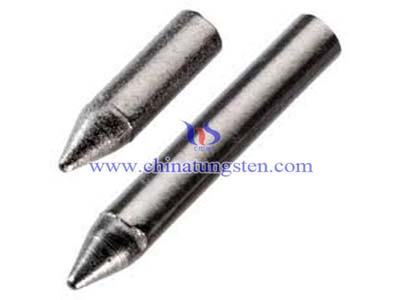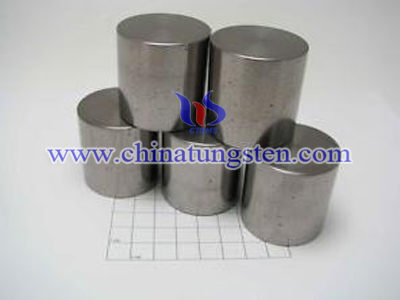Identity Real And Fake Gold
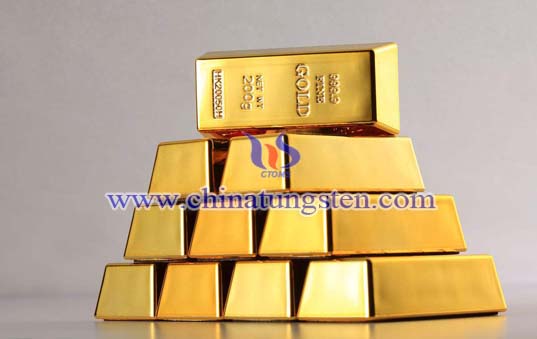
It's All About the Physics
All the ways to determine the authenticity of a coin or bar of precious metal are based on differences between physical properties of the valuable metal and the lesser metals used to swindle the buyer. Each metal is an element, meaning it can't be further broken down into another element (without very heavy equipment like a particle accelerator, which is not practical). An element has its own unique density, conductivity, reaction to acids, melting point, conductivity of sound through the metal, etc. A fake gold coin will necessarily have an exterior of gold to help fool the buyer, regardless of the contents of the interior and whether the coin is created from an alloy (mix of metals) or a slug of base metal with a cladding or plating of gold on the outside.
Visual Inspection
The easiest place to start is the visual appearance of each metal. Does the coin look gold in color? Gold has a dull golden shine. Once you've spent time handling gold, this is the first give away. Keep in mind that some coins are 99.99 percent pure gold. Others are designed for circulation and have some copper and silver alloyed with the gold. These coins have a reddish tint. Jewelers use these properties to make many different shades of gold for jewelry.
The color difference is exaggerated in these photos, but it gives an idea of the difference between 99.99% pure gold coins (left) and 90% pure gold coins with an alloy of copper and silver that make the coin harder and able to circulate (right).
Density
The physical characteristics of metals are immutable and this is the counterfeiter's first decision; which metal(s) to use for the fake. Each metal has characteristics like density, malleability, the speed of sound in the metal and so on.
Sound
Another classic test is the "ring test". Drop the coin on a hard countertop to hear it's "ring". Gold and silver have very distinctive tones and qualities of sound, which are fairly easy to distinguish. The saying "it rings true" and the song Bing Crosby sang "Silver Bells" testify to this quality. Metals like lead have a dull thud. Even the sound of a tungsten slugged gold coin will sound different. It's best to have a known genuine coin around for comparison (and be sure to note the issue, date and mint mark to avoid confusion with the coin being tested).
Electronic Testing
Electronic testing runs a current through the coin to test the resistance and determine the purity of the metal. High quality testers like this can work and they are mainly used for buying jewelry, not coins.
Destructive Testing
The easiest destructive test is the scratch test, which does what the name suggests, scratches the surface of the coin to see if the color is the same underneath. This identifies those fakes that are stamped coins plated with gold. Gold plated coins also have a tendency for the details of the coin to fill in with the plating. Look carefully at the detail of coin with a 10x magnifier and compare it with a genuine coin, if you have one.
The touchstone is the other classic way to test gold. The edge of the coin is run along a stone so a very small amount of the gold leaves a "trail" on the stone. Acid of various strengths is dripped on this trail to determine the purity of the gold.


